‘Passive’ Capitol Rioters Still Criminals
An illustration of the justice system working as designed.
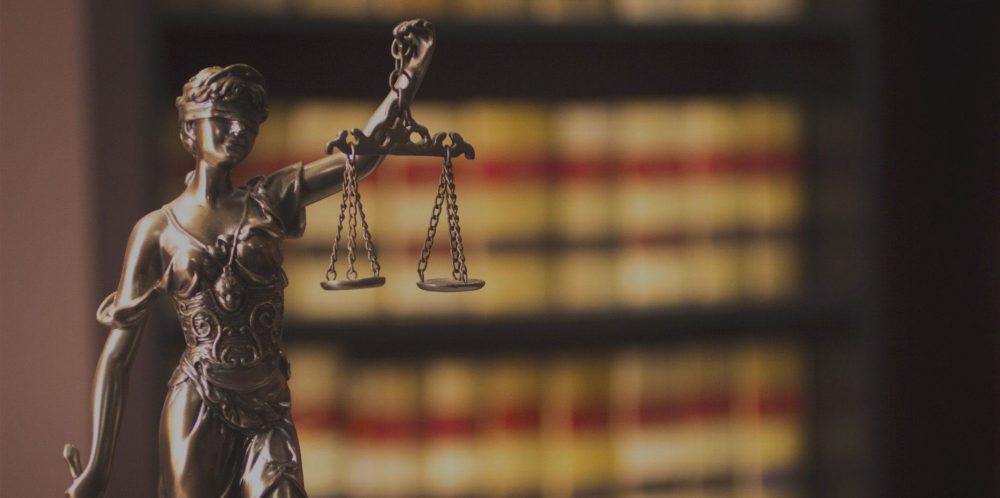
POLITICO (“Court says even passive members of Jan. 6 mob can be convicted of disorderly conduct“):
A federal appeals court ruled Friday that Jan. 6 defendants can be found culpable of “disorderly” or “disruptive” conduct inside the Capitol even if they weren’t personally violent or destructive.
The decision is a victory for the Justice Department in cases against hundreds of defendants charged with misdemeanor counts of disorderly and disruptive conduct, one of the staple charges that has been applied to nearly every member of the mob that entered the halls of Congress.
A three-judge panel unanimously ruled that members of the mob must be judged on the circumstances of the day — which includes their awareness of the chaos happening around them.
“A lone hiker on a mountaintop can sing at the top of his lungs without disturbing a soul; a patron in a library cannot,” the panel of the D.C. Circuit Court of Appeals ruled in an 18-page opinion authored by Judge Karen Henderson, an appointee of George H.W. Bush. “It is entirely appropriate to clap and cheer when a keynote speaker steps to the podium but to do so once the room has fallen quiet and he has begun to speak would ordinarily be disruptive. Thus, in determining whether an act is disorderly, the act cannot be divorced from the circumstances in which it takes place.”
“Even passive, quiet and nonviolent conduct can be disorderly,” Henderson added, citing Supreme Court precedent that held sit-ins or protests that block traffic can be disorderly.
Many Jan. 6 defendants have contended that their actions were benign, even if they shouldn’t have gone into the building. But prosecutors have argued the sheer numbers of the mob gave cover to the more destructive actors and put pressure on police attempting to regain control of the Capitol.
Nearly all of the 1,200-plus Jan. 6 defendants to date have been charged with disorderly and disruptive conduct under one of two federal laws: 1,156 have been charged with engaging in disorderly or disruptive conduct in a restricted building, and 1,021 have been charged with disorderly or disruptive conduct in a Capitol building. About 1,000 have been tagged with both charges.
The court’s conclusion upheld the conviction of Jan. 6 defendant Russell Alford, who was convicted in 2022 of four misdemeanors by a jury after a trial presided over by U.S. District Judge Tanya Chutkan. Chutkan is slated to preside over the criminal trial of Donald Trump on charges related to his effort to subvert the 2020 election.
“Alford paints himself as a passive observer, and, granted, his conduct does not rise to the level of culpability of many of his compatriots,” Henderson wrote for the panel. “But he made a deliberate choice to join the crowd and enter the Capitol when he was plainly not permitted to do so. The jury was not required to view Alford’s actions in isolation as though he were the only one at the Capitol that day.”
This strikes me as well-reasoned.
I have been arguing since a few days after the Capitol Riot that it was multiple, overlapping events rather than a single event and that the criminal justice system should treat participants accordingly. I have been pleased to see that the Justice Department and judges have been doing just that, with some relatively minor disparities in charging and sentencing that are the vagaries of a system run by human beings.
But even those who entered the Capitol well after the violent phase and were effectively just tourists soaking up the atmosphere or taking pictures for their Instagram were contributing to the disruption of the day. Alford is in that camp.
From the opinion:
Alford was among those who entered the Capitol. He and a friend traveled from Hokes Bluff, Alabama, to attend the rally that President Donald Trump held on the morning of the 6th. Alford remained at the rally through President Trump’s speech and then followed the crowd moving toward the Capitol. As he
neared the building, he walked past “Area Closed” signs and overturned barricades into the restricted area.Shortly after 2:00 p.m., Alford reached the Capitol near the Upper House Door, which is reserved for the use of Congress members only. He stood nearby as more than twenty police officers worked to secure the steps leading up to the door. He then moved further around the building and watched events
unfold outside a different door for approximately half an hour before returning to the Upper House Door.When Alford returned to the Upper House Door, there were no longer police present. He climbed the steps as other rioters knocked on the doors to attract the attention of rioters already inside the building, who then threw open one of the double doors that make up the Upper House Door. This triggered a shrill, continuous security alarm that sounded throughout Alford’s time in the building. Alford paused outside to upload a photo of the rioters to social media that he captioned “Patriots,” and then walked into the Capitol. Dozens of others streamed in before and after him.
Alford remained inside the Capitol for approximately thirteen minutes. As he entered, he turned and unsuccessfully attempted to open the other double door. He then walked further into the Capitol through a metal detector, setting off its alarm. While inside, he mostly stood to the side and observed. He filmed protestors chanting “stop the steal” and pounding on a door that led to the floor of the House, behind which sheltered dozens of Congress members.
I would judge Alford at the lowest end of offenders that day. He came in after police had vacated the scene and was cooperative once they retired to vacate the building. He didn’t assault anyone or damage any property. Yet, surely, Alford and those like him engaged in “disorderly or disruptive conduct.” Congress was unable to do the people’s business until these people were out of the building.
In Friday’s ruling, the court also upheld Chutkan’s decision to sentence Alford to a year in prison, rejecting his argument that the term was unreasonably lengthy.
Unlike other Jan. 6 defendants who pleaded guilty, Alford chose to take his case to trial, effectively forsaking the opportunity to get a sentencing reduction for “acceptance of responsibility,” the panel noted.
In addition, Chutkan found that Alford had been “misleading” in his trial testimony, a factor that caused her to lengthen his potential sentence. The appeals court judges ruled that Chutkan “conscientiously” considered the factors she is legally required to consider when determining Alford’s sentence.
“It was not unreasonable for the district court to conclude that Alford warranted a sentence greater than other January 6th misdemeanants,” the panel ruled.
Here, too, I’m in agreement. While I’m fundamentally opposed to the trial penalty, as it serves to eliminate the accused’s rights, that’s not what happened here. The defense doesn’t dispute the government’s account of Alford’s actions that day, it merely claims that they don’t amount to disorderly conduct. They do, for reasons Chutkan ably elucidates.
That he was sentenced to one year in prison, followed by another year of probation, whereas others who engaged in similar conduct but accepted plea deals “received sentences that ranged from probation to a few weeks’ imprisonment” is, on its surface, evidence of a trial penalty. But, as Chutkan rightly notes, it’s customary within our system of justice to take into consideration contrition and acceptance of responsibility in sentencing. Those who pled guilty, by definition, did so whereas Alford, again by definition, did not by pleading not guilty.
Further,
Alford also received a sentencing enhancement because he provided misleading testimony at trial. The district court found that his testimony, although falling short of “deliberate falsehoods,” was nonetheless “disingenuous” and “not . . . entirely candid” or “truthful.” Alford “mischaracterized some of [his] actions and motivations” in order to downplay his culpability. Accordingly, he received a two-level sentencing enhancement because he “willfully obstructed or impeded, or attempted to obstruct or impede, the administration of justice with respect to the investigation, prosecution, or sentencing of the instant offense of conviction.” Alford conceded below that the enhancement was proper and he does not contest its application on appeal. [citations redacted-jj]
Failure to accept responsibility and attempting to mislead the court are both, quite reasonably, going to lead to more severe sentencing. Considering that each of the four misdemeanors of which Alford was convicted (albeit, granted, there was some charge-stacking at play) was punishable by a year in jail and that the trial judge ordered they be served concurrently would also seem an indication that the sentencing was not vindictive.

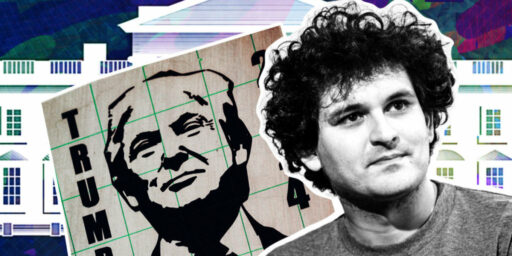
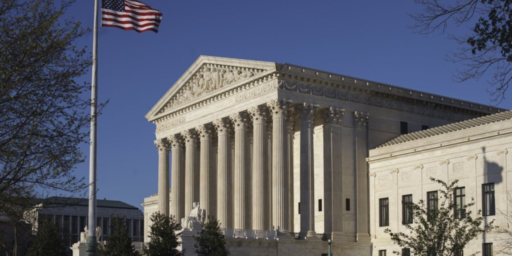
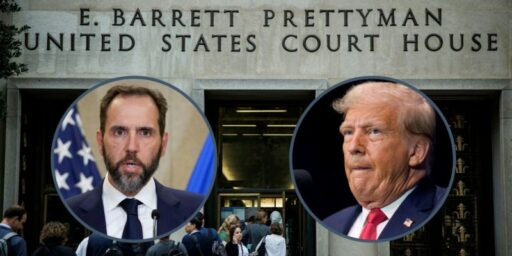
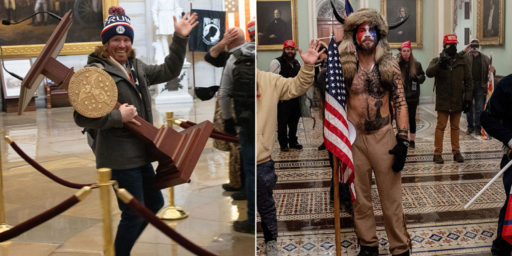
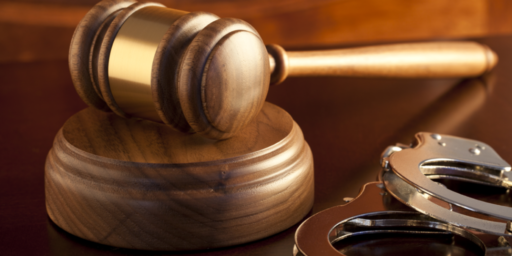
FAFO.
In the Venn diagram of relevant opinions, I’m sure there’s significant overlap between (1) people who think that the people merely roaming the the Capitol building on January 6 were neither disorderly nor disruptive, not deserving prosecution, and (2) people who think that sit-in participants in other contexts are being disorderly and disruptive, deserving prosecution.
Not that I expect intellectual consistency among people in that region of the diagram, on that and other topics. Or maybe they think that blocking the finalization of a presidential election is less important than creating a ruckus during a corporate board meeting or a university chancellor’s daily routine?
@Kingdaddy:
In general the people in 1) are not like 2). 1) goes back to mob violence against black people, strikers, etcetera—acts in general which have never been punished. 2) is committed intentional actors who are threatening the status quo. That’s why there are histories of the civil rights and the anti-war movement and ACT UP and there are very few insider accounts of what it was like to be on the Citizens Committee in 1955 in Mississippi or how the boys all managed to show up a drug store counter to dump on a sit-in.
Like or it not, MAGA is part of a pro-American tradition, and that’s why they don’t see themselves as threats to democracy. And they are not wrong. American democracy has almost always given these people a seat at the table.
@Kingdaddy: I would expect that to be a single circle, also containing all right-wingers who support the idea of running protesters over with cars.
I, for one, cannot wait for Donald Trump’s second inauguration in 2025 and the riots that will no doubt ensue. I look forward to those people all being prosecuted with the exact same fervor as those involved with January 6 and I’m sure everyone here will join me in cheering on the equal application of justice.
…Donald Trump’s second inauguration…
Donald Trump will not be inaugurated in 2025. Vice President Harris will successfully stop the Certification of the Electoral Votes unlike that wimp Pence and declare Biden President for life.
I’m sure you will approve.
@TheRyGuy: You need help. Your delusions are getting out of control and the longer you put off treatment you become more and more in danger of self injury.
@Mister Bluster: 😀 😀 😀 😀
Why does Ray Epps get a deal in the sentencing document for the J6 “riot” not insurrection?